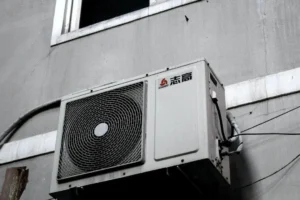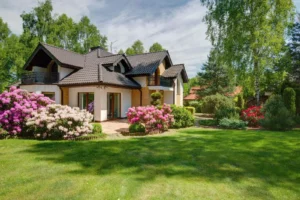Ask anyone what stood out from the last event they attended (corporate or social), and chances are, it wasn’t the food. It probably wasn’t the speaker either. It was the venue. The layout, the mood, the way everything seemed to click (or didn’t).
That’s the part many planners underestimate. You could book a good caterer, hire polished presenters, and still lose the room if the setting feels dull or disconnected. Because the truth is, the venue is the event. It sets the tone before anyone speaks and leaves the last impression after everyone’s gone.
So if you want to host something people will actually talk about, you need to understand what separates a forgettable space from one that just delivers. Hint: it’s not about square footage and skyline views anymore; it’s more complex (and more interesting) than that.
Atmosphere and Design that Spark Conversation
The best venues aren’t necessarily the most luxurious. What matters is intention. Guests notice when the layout flows effortlessly, when the lighting is flattering but functional, and when sound doesn’t bounce around like a bad echo chamber. In other words, a thoughtful space feels curated not generic (guests can sense when they’ve walked into a room designed for photos, for networking, or for movement).
In practical terms, what does this mean? Minimalist white rooms with folding chairs are out. Modular design elements, layered textures, branded installations, and interactive zones are in. It’s about giving people a sense of place and purpose. That means event planners now look for architectural flexibility, thematic cohesion, and, increasingly, experiential zones (lounges, selfie corners, sound-reactive lighting panels, etc.).
According to research, a majority of event attendees (64%) report they find immersive experiences to be the most important event element.
That should tell you everything you need to know about where priorities are shifting.
Food Stations, Not Just Catering Menus
You don’t need a Michelin-star chef to impress. What you need is variety, accessibility, and, if you want to win over the crowd, an element of interaction. Food trucks, build-your-own poke bowls, or grazing tables beat plated dinners every time when the goal is flow and flexibility.
Corporate clients, especially, want customization and healthy options. That’s partly driven by dietary inclusivity and partly because nobody wants to slog through three courses under fluorescent lighting while listening to lousy jazz.
Instead, venues offering modular food experiences (like rotating vendor stations or QR code ordering tied to table numbers) are getting more repeat bookings. You’re also seeing tech-forward options emerge: live menu screens, allergen filters on touch kiosks, and even AI-backed drink pairings for cocktail stations. These may sound excessive, but they resonate with younger professional crowds who expect seamless and smart integrations.
Digital Layers and Gamified Elements
The physical space is just part of the equation now. If a venue doesn’t support embedded digital features, it’s already behind. Mind you, we don’t mean VR goggles and NFTs; we mean reliable high-speed Wi-Fi, customizable projection mapping, RFID tracking for guest interactions, and app-based scheduling or scavenger hunts. Basically, frictionless interaction.
Gamification is another major driver, especially when team building or high engagement is the goal. Interactive leaderboards, digital photo walls that update in real-time…things like these encourage guests to explore and participate rather than just observe. That’s why standout concepts like Atomic Golf and Putt Shack are gaining traction. If you compare Atomic Golf and Putt Shack, you’ll notice both go far beyond “putt-putt with drinks.” Sure, the main difference is that one is virtual and the other traditional, but both weave in real-time scoring, immersive course design, and social integrations that feel native to a generation raised on competition and connectivity.
Flexibility Over Formality
Another thing an increasing number of event planners prioritize is adaptability. They want venues that can switch from a strategy breakout to a sunset cocktail hour with no disruption.
But beyond layout, flexibility includes attitude. Venues that say “yes” to customization (within reason) get booked faster. Offering branding zones, digital signage options, and alternative seating configurations means you’ll appeal to clients who want ownership of the look and feel, even if they’re not designers themselves.
The underlying trend is clear: people want to co-create their experience. That applies whether you’re planning a tech startup’s product launch or a 50th birthday that feels more like a music festival than a dinner party.
Entertainment That Fits
Music, games, speakers, or immersive art, whatever entertainment you choose, it needs to match the tone of the event and the energy of the space. A DJ in a warehouse makes sense. A string quartet in a high-energy sports bar? Not so much.
You’re seeing more venues that blur categories, like interactive performance areas that double as meeting zones or breakout rooms with built-in AR experiences. But the most bookable venues don’t just support entertainment, but actually elevate it. And when they do, they’re not just spaces anymore. They’re experiences people talk about.
Also Read-The Winning Life Starts at 91 Club










